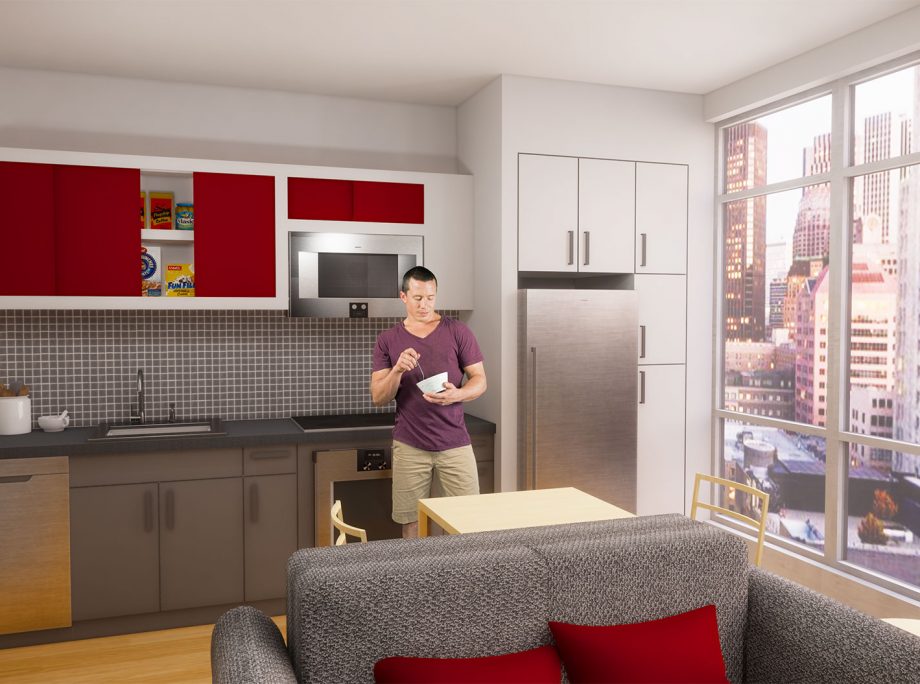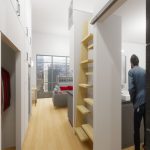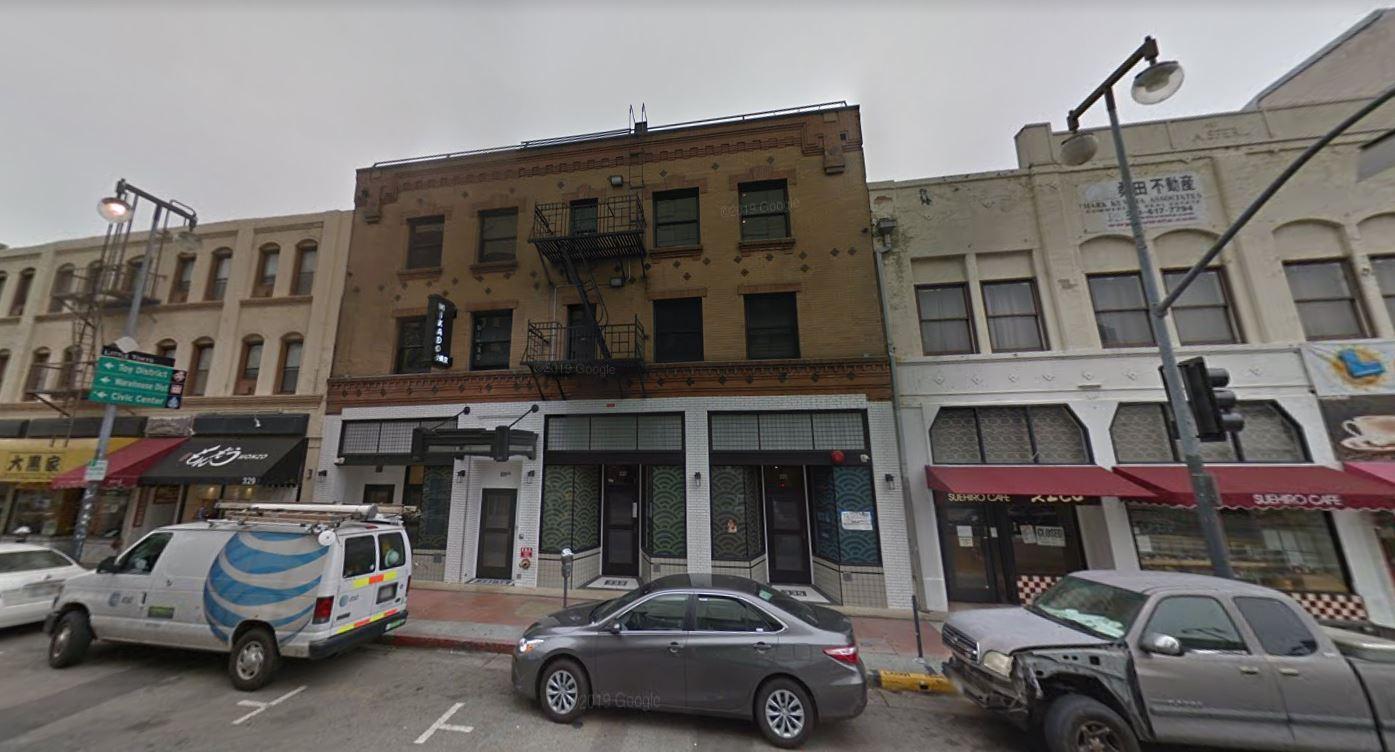Micro-Unit – L.A. City Councilmember Proposes Pilot Program for Micro-Unit Apartments
urbanize.LA
September 3, 2019
It’s slated for “walkable and transit-accessible” neighborhoods such as Downtown, Koreatown, and Hollywood
The City of Los Angeles could explore a pilot program for the development of micro unit apartments in walkable neighborhoods near transit, according to a motion introduced last week by City Councilmember Gil Cedillo.
“Los Angeles is in a housing crisis that is placing a severe burden on low and moderate-income residents, exacerbating homelessness, straining state and city budgets, and jeopardizing the continued growth of our economy,” reads Cedillo’s motion. “Micro-units are emerging across the county as one way to help address this crisis by increasing housing stock and diversity while providing homes that are naturally affordable to moderate-income residents without public subsidies.”
Micro unit apartments – which can range between 140 square feet and 400 square feet in size – have found great success in other cities, including Seattle, which built more than 5,000 such units between 2012 and 2015. A white paper published by the Central City Association states that in 2015, micro units in some of that city’s most desirable neighborhoods commanded rents between $800 and $1,300 – less than half the citywide average of $2,620.
Though housing advocates have suggested that micro units could be a solution to Southern California’s affordability woes, they are uncommon in the City of Los Angeles for a variety of reasons – most notably limits on residential density and minimum parking requirements. Today, just a handful of projects exist, including the Mikado Apartments in Little Tokyo, where rents currently start at $1,405 per month.
 The Mikado Apartments in Little Tokyo | Google Street View
The Mikado Apartments in Little Tokyo | Google Street View
Cedillo’s proposed pilot program is geared toward young professionals, seniors, and persons who travel frequently for work. The motion indicates that micro units could be feasible in “walkable and transit-accessible” neighborhoods, including Downtown, Koreatown, and Hollywood.
The motion, if adopted by the full City Council, directs city staff to report on what policy changes would be needed to facilitate the pilot program, including reforms to parking requirements and density limits.
The item will first be considered by the Council’s Planning and Land Use Committee.
- Micro Units (Urbanize LA)



 The Mikado Apartments in Little Tokyo | Google Street View
The Mikado Apartments in Little Tokyo | Google Street View